> Cryogenerators
> LNG production plants
> LNG BOG management systems
> Liquid hydrogen plants
> Liquid nitrogen production systems
> Systems for Superconductivity
> Liquid oxygen systems
> Closed Loop Cooling Systems
> Cryogenic fans
> Cryogenic pumps
> LNG production plants
> LNG BOG management systems
> Liquid hydrogen plants
> Liquid nitrogen production systems
> Systems for Superconductivity
> Liquid oxygen systems
> Closed Loop Cooling Systems
> Cryogenic fans
> Cryogenic pumps
> LNG Production
> LNG BOG Management
> Liquid hydrogen
> Bio Storage
> Research & University
> Healthcare
> Superconductivity
> Food & Beverage
> Aerospace
> LNG BOG Management
> Liquid hydrogen
> Bio Storage
> Research & University
> Healthcare
> Superconductivity
> Food & Beverage
> Aerospace
> Artificial Insemination Centre, Botswana
> La Honda, Venezuela
> Bovine Al, Nicaragua
> Vet Agro Sup, France
> La Honda, Venezuela
> Bovine Al, Nicaragua
> Vet Agro Sup, France
> Memorial University Newfoundland, Canada
> University of Otago, New Zealand
> CEA, Fontenay-aux-Roses France
> INFN, Italy
> Snolab, Sudbury Canada
> Instituto de Ecologia, Xalapa Mexico
> IVIC, Venezuela
> Isaac Newton Group of Telescopes, La Palma Spain
> Atacama Large Millimeter Array, Chile
> Nuclear site of Chernobyl, Ukraine
> RV Sonne, Germany
> RV Maria Merian, Germany
> University of Otago, New Zealand
> CEA, Fontenay-aux-Roses France
> INFN, Italy
> Snolab, Sudbury Canada
> Instituto de Ecologia, Xalapa Mexico
> IVIC, Venezuela
> Isaac Newton Group of Telescopes, La Palma Spain
> Atacama Large Millimeter Array, Chile
> Nuclear site of Chernobyl, Ukraine
> RV Sonne, Germany
> RV Maria Merian, Germany
Head office:Stirling Cryogenics BV
Science Park Eindhoven 5003
5692 EB Son, The Netherlands
T +31 40 26 77 300
info@stirlingcryogenics.com
Offices in:USA
T +1 610 714 9801
usa-office@stirlingcryogenics.com
Germany
T +49 171 1795 994
germany-office@stirlingcryogenics.com
Sweden
T +46 766 111 728
sweden-office@stirlingcryogenics.com
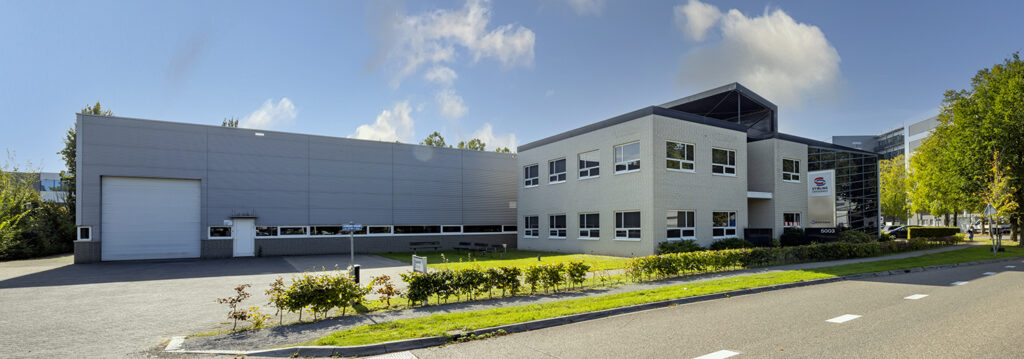
Head office:Stirling Cryogenics BV
Science Park Eindhoven 5003
5692 EB Son, The Netherlands
T +31 40 26 77 300
info@stirlingcryogenics.com
Offices in:USA
T +1 610 714 9801
usa-office@stirlingcryogenics.com
Germany
T +49 171 1795 994
germany-office@stirlingcryogenics.com
Sweden
T +46 766 111 728
sweden-office@stirlingcryogenics.com

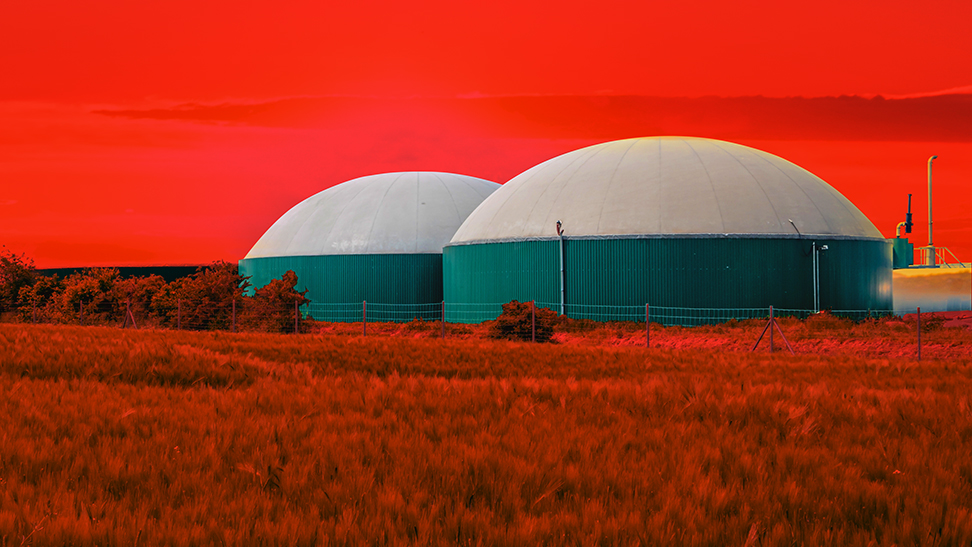
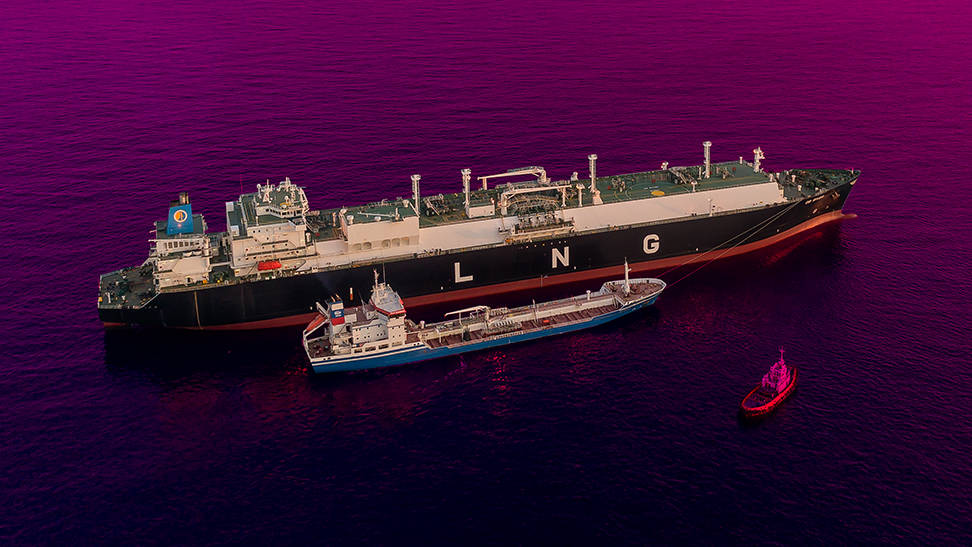
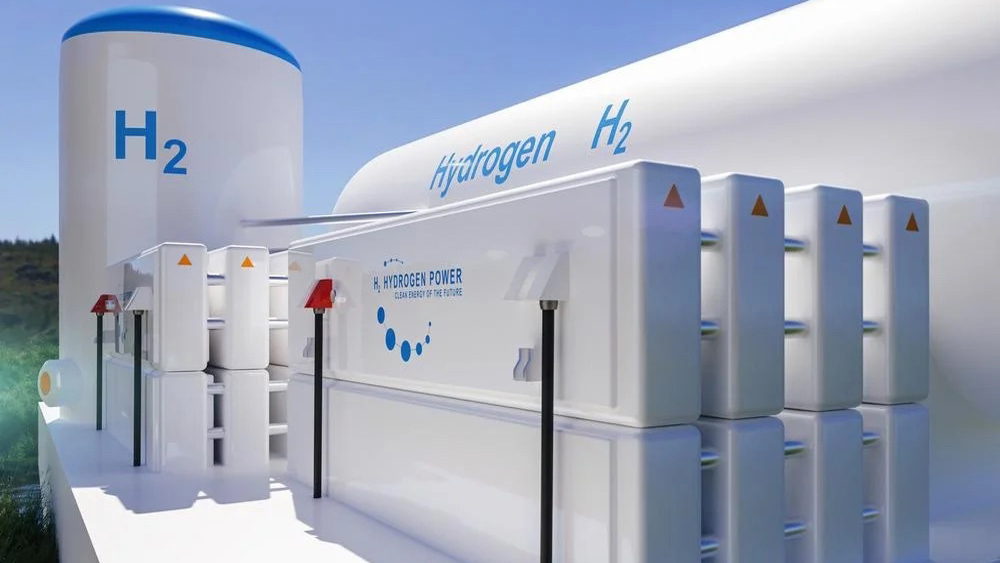
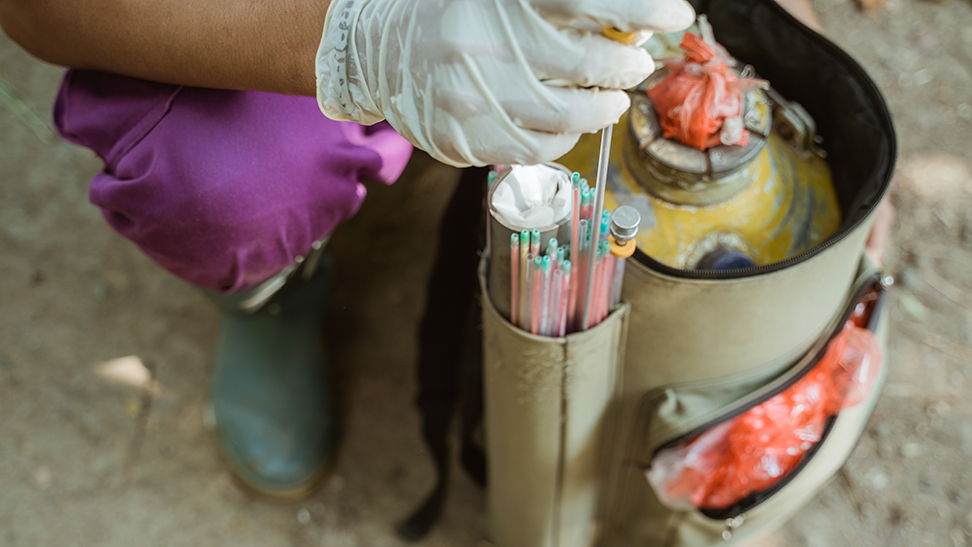
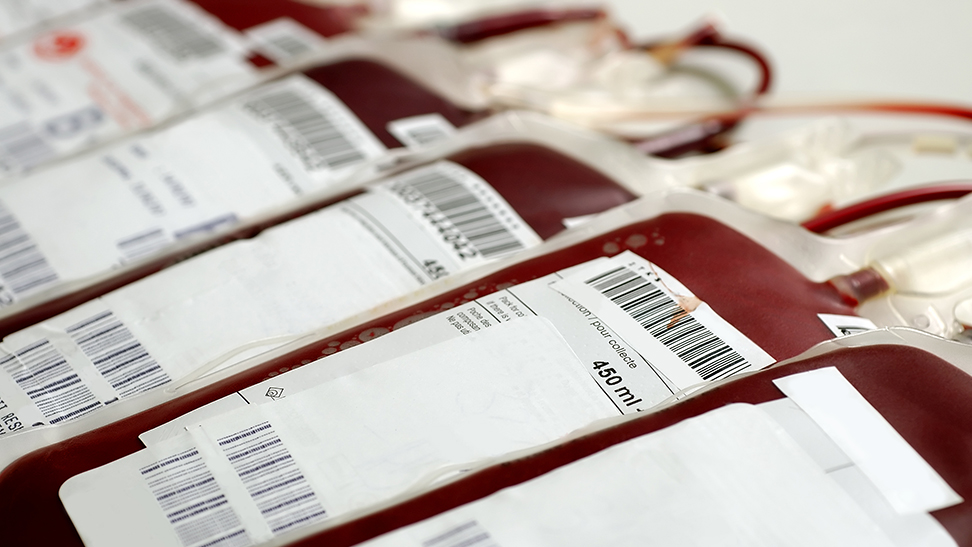
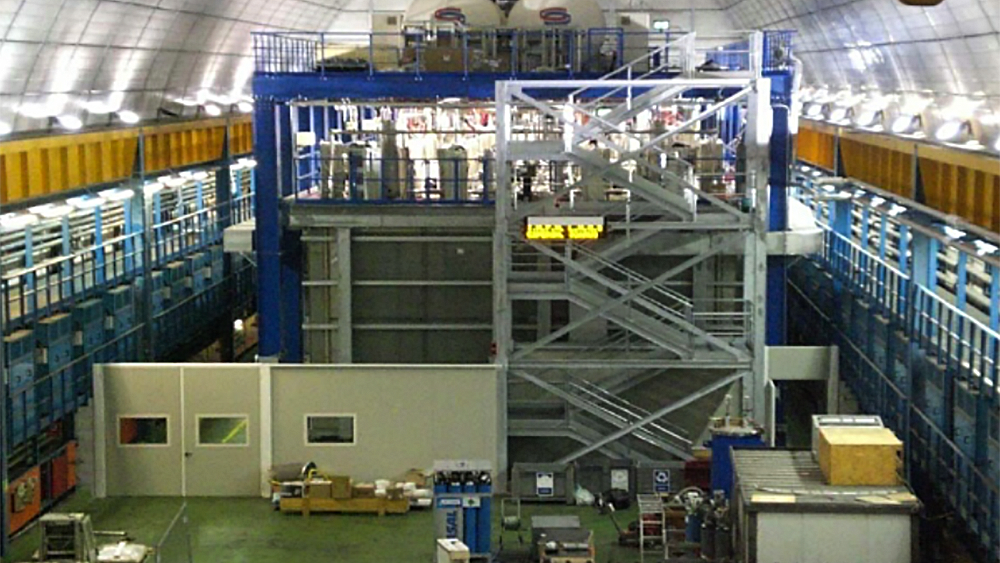
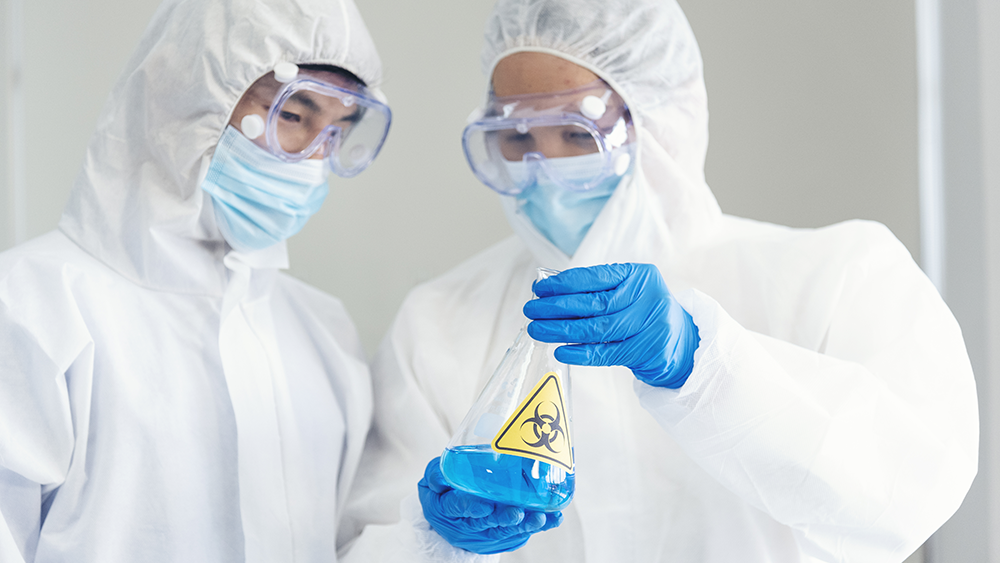
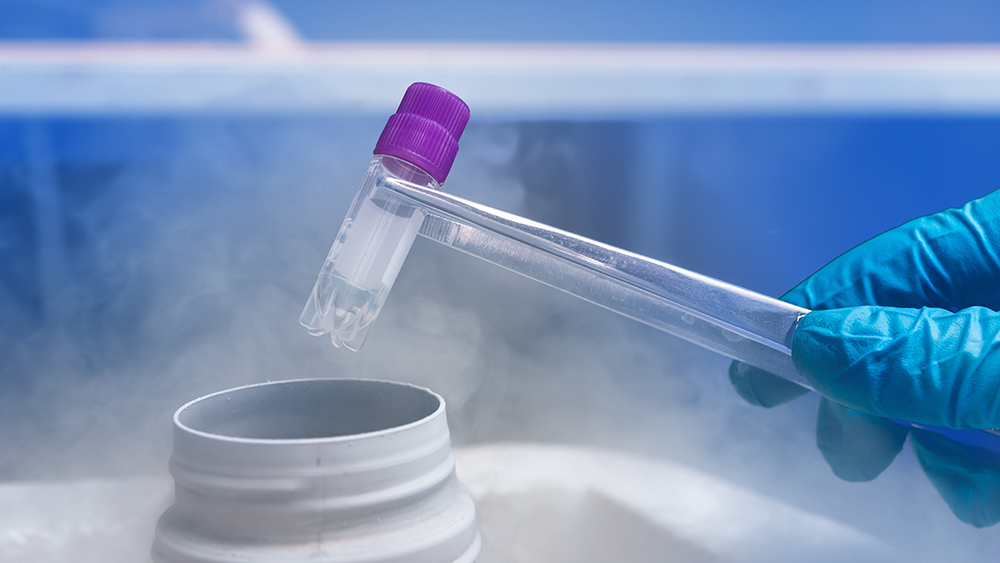
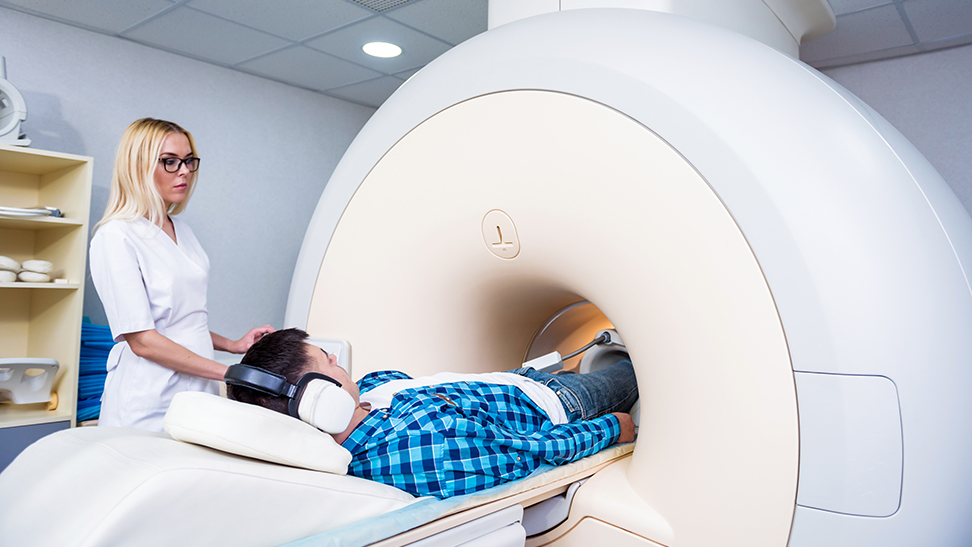

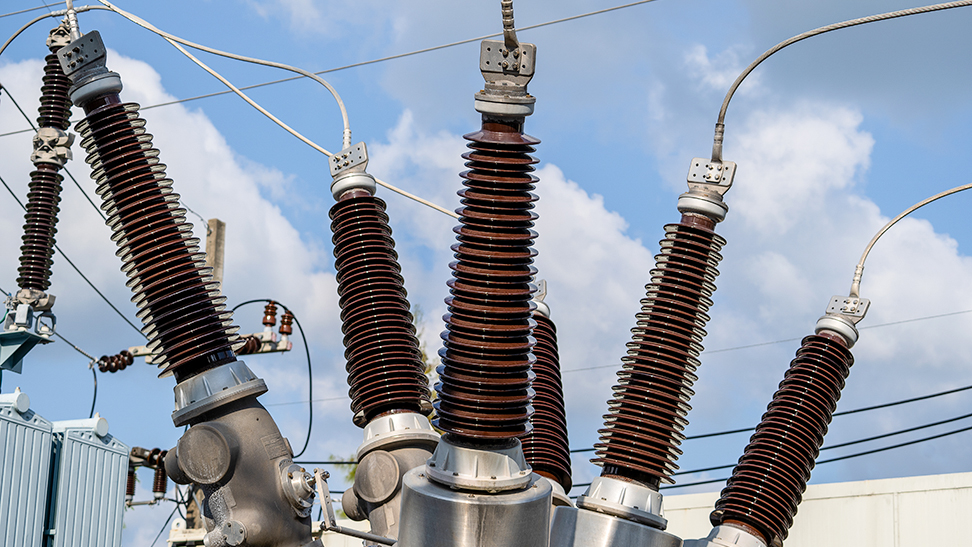
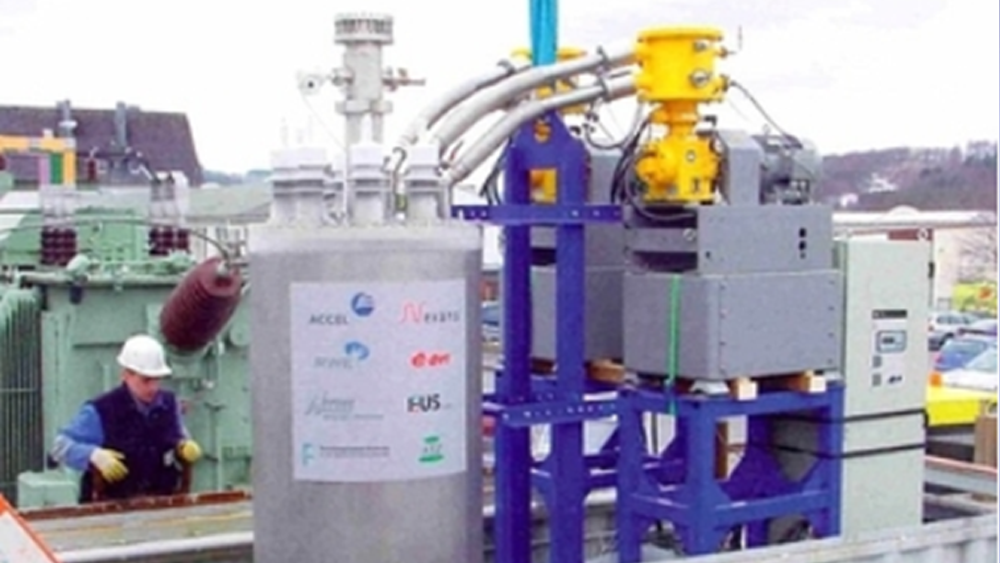
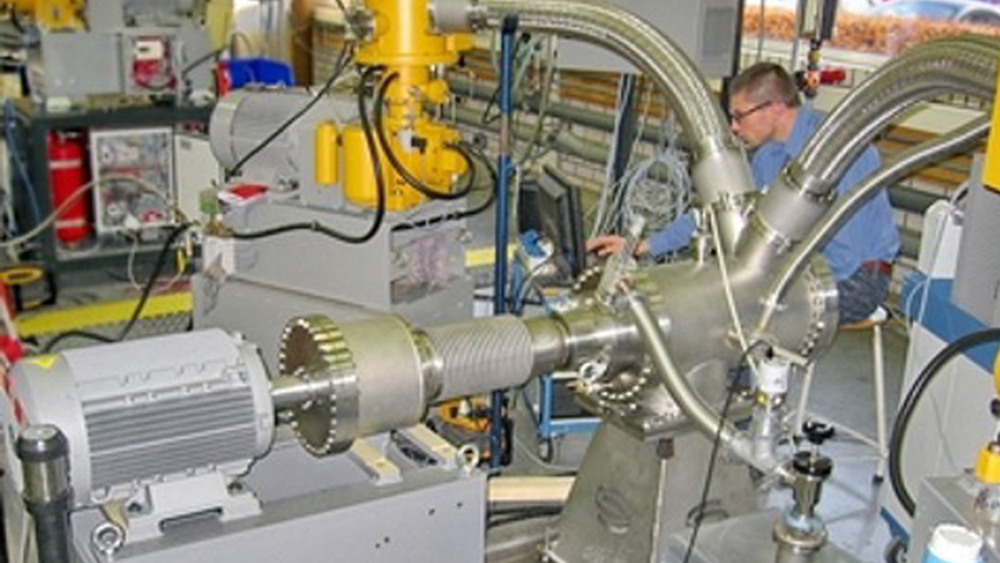
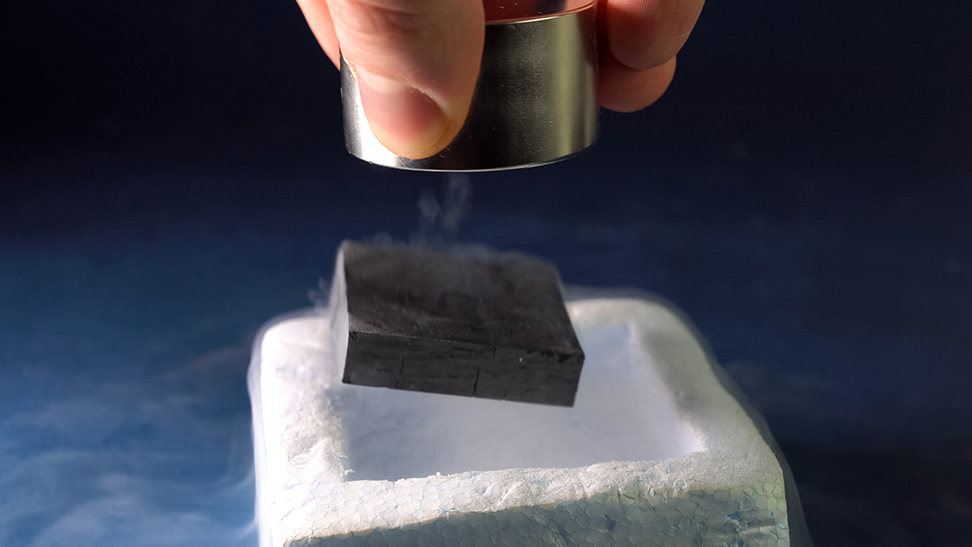
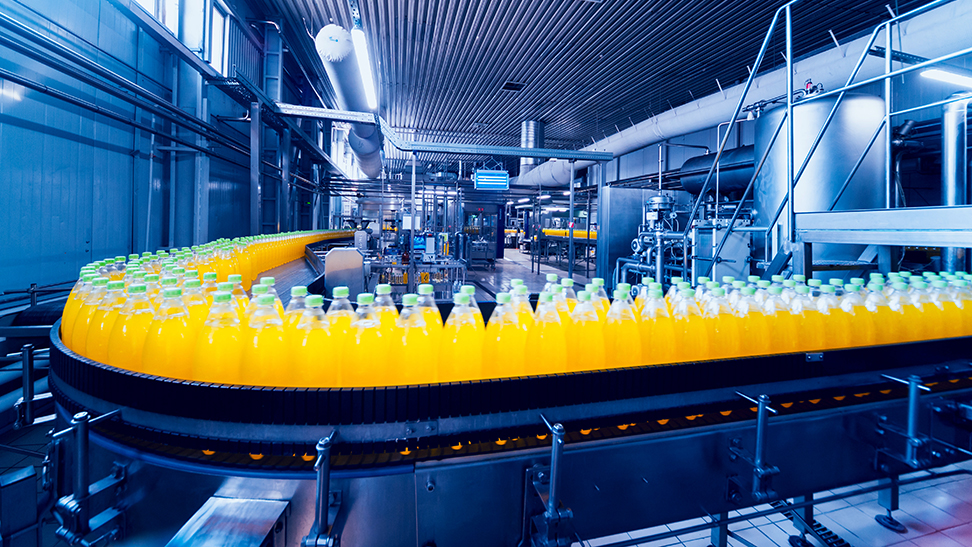

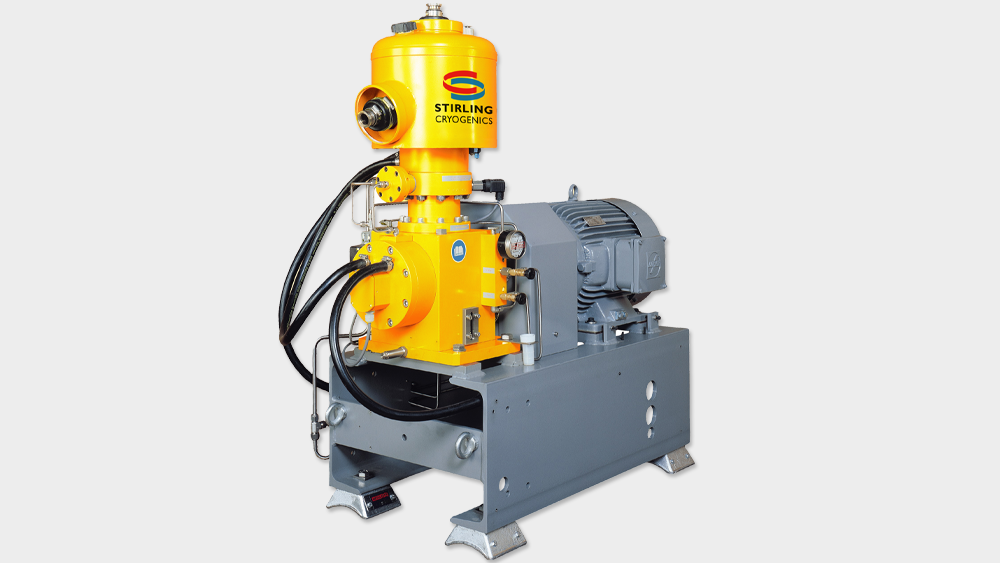
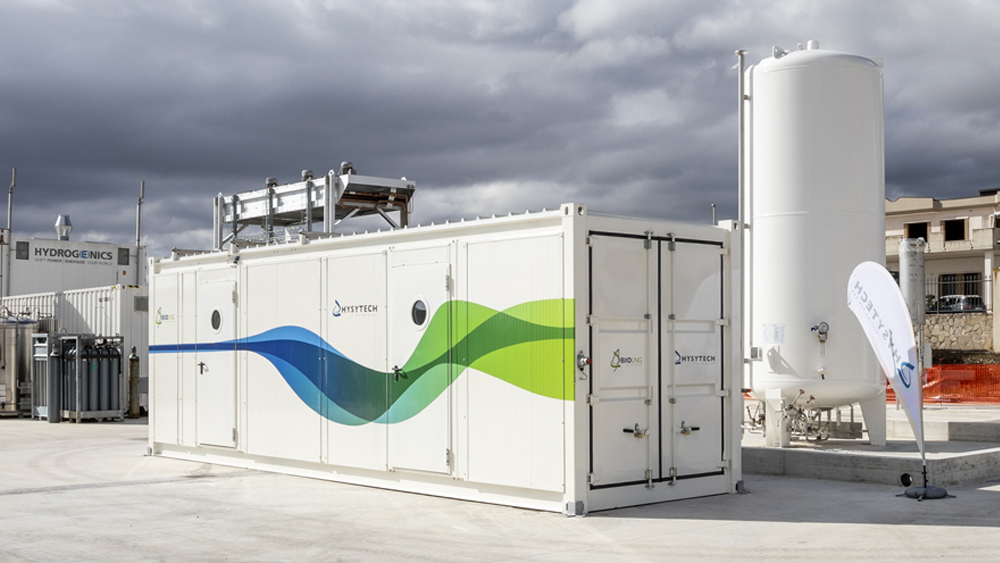
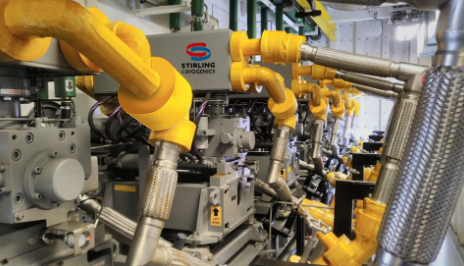
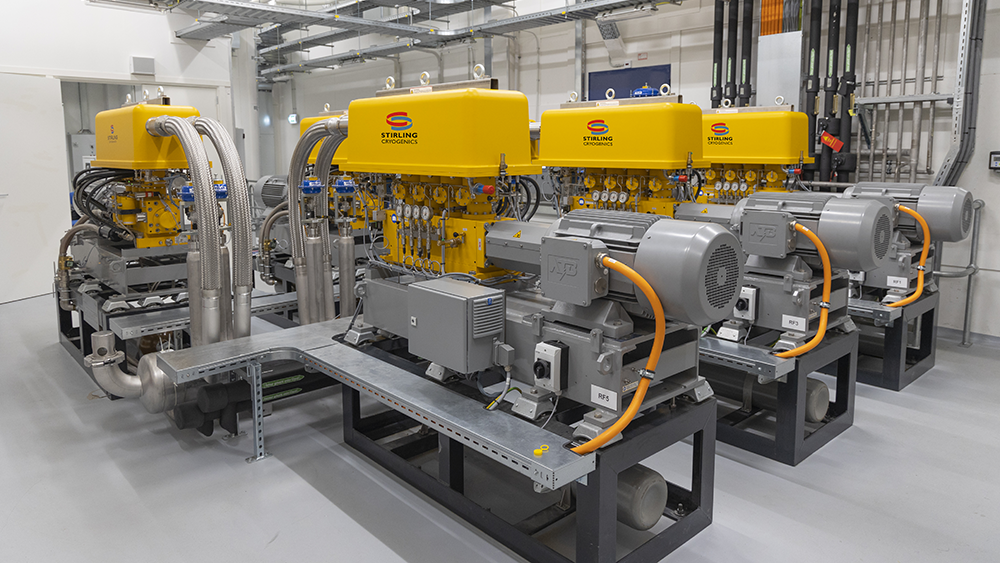
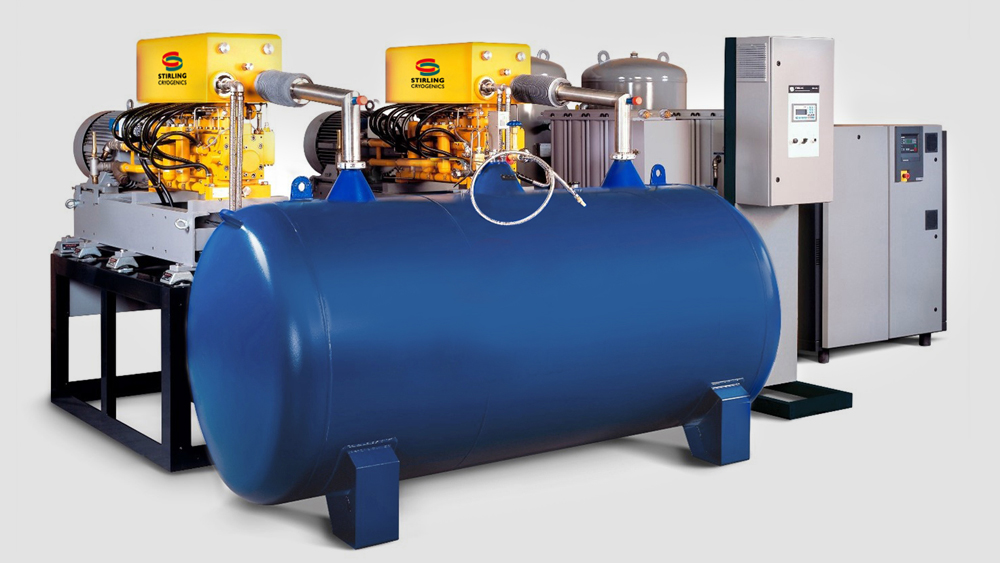

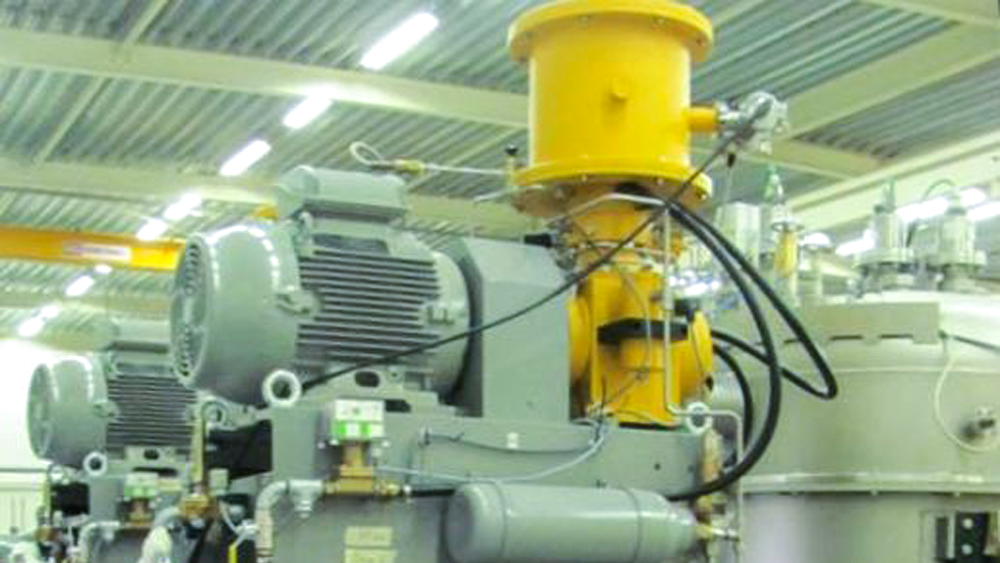
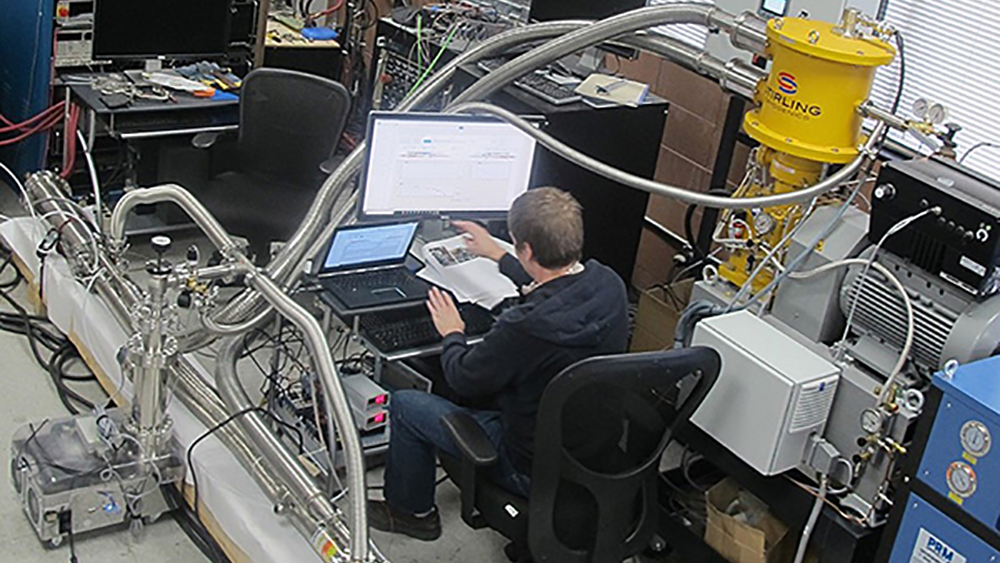
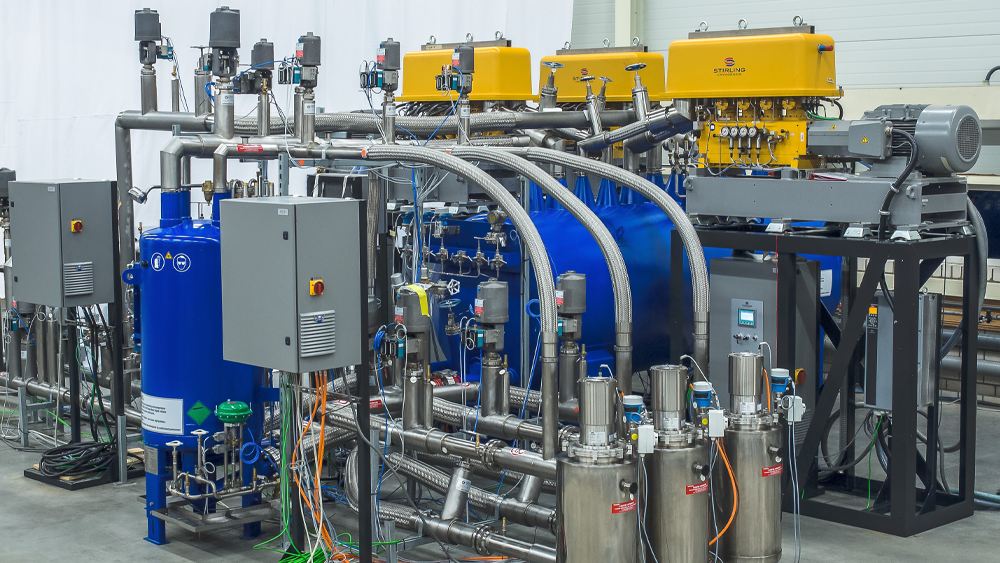
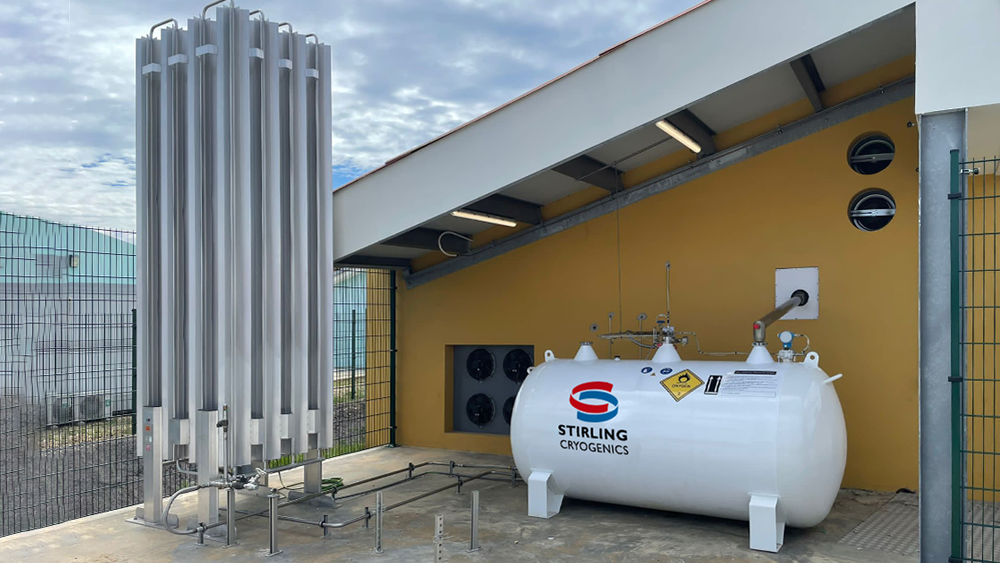
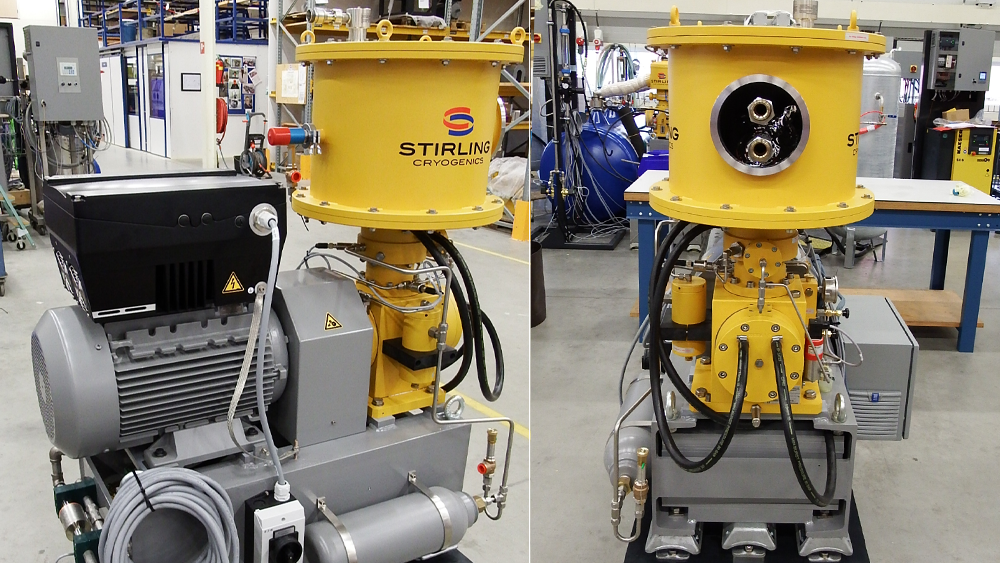
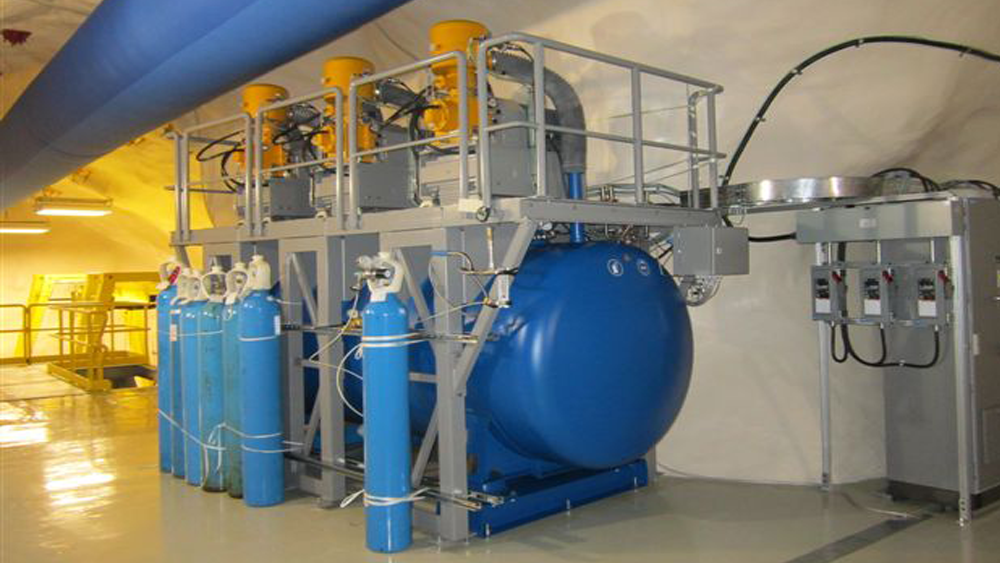
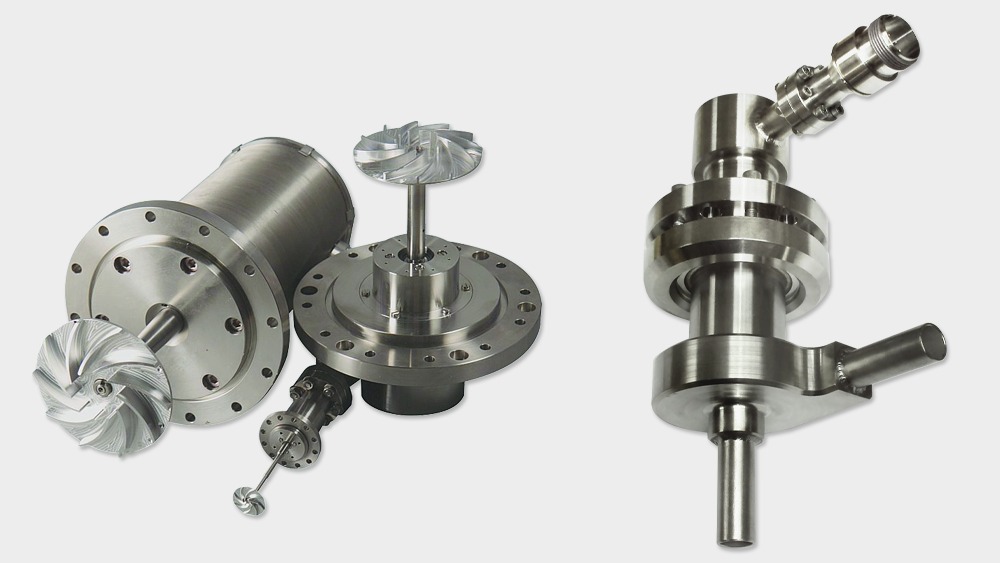
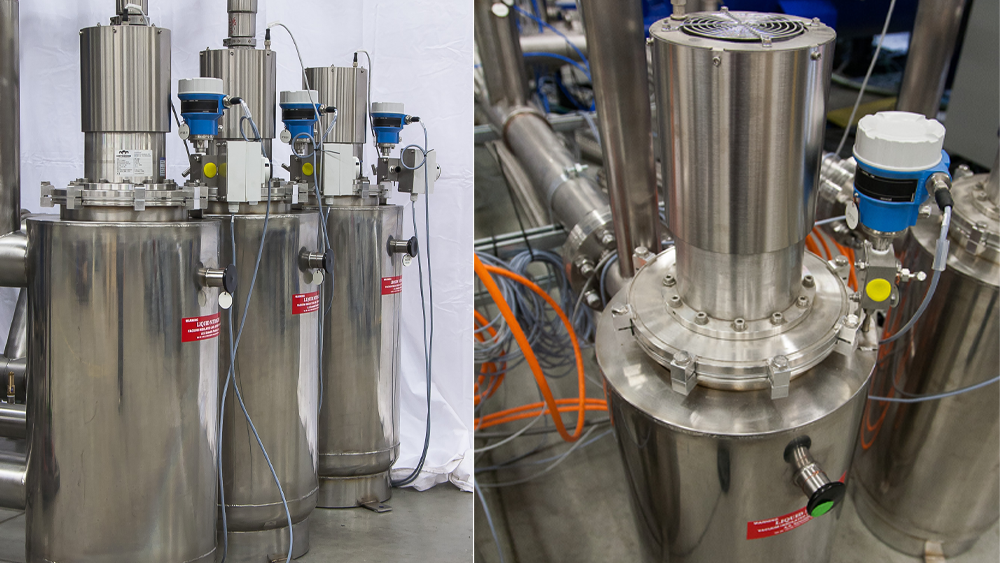
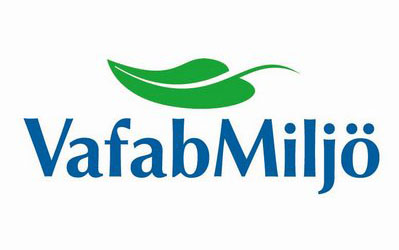

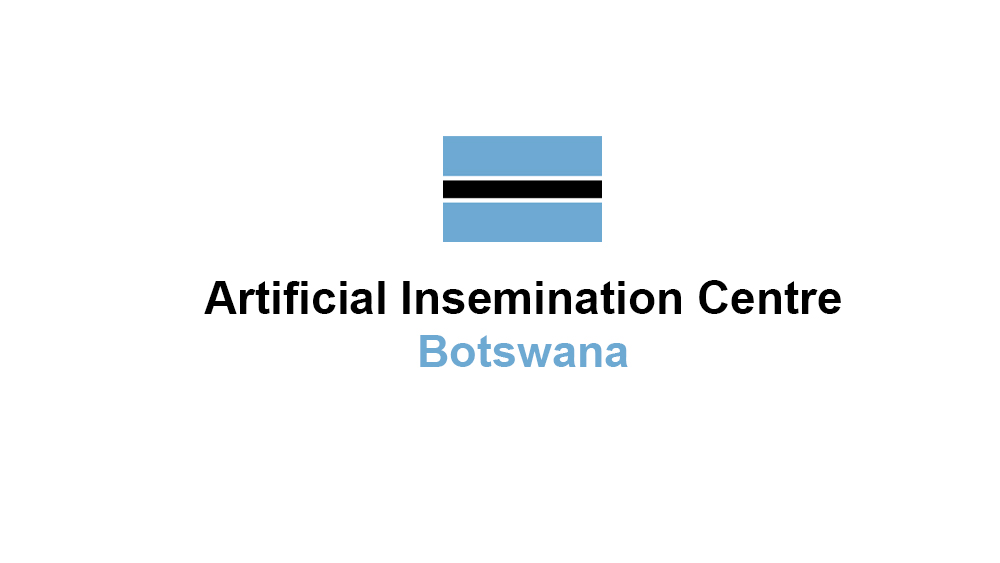
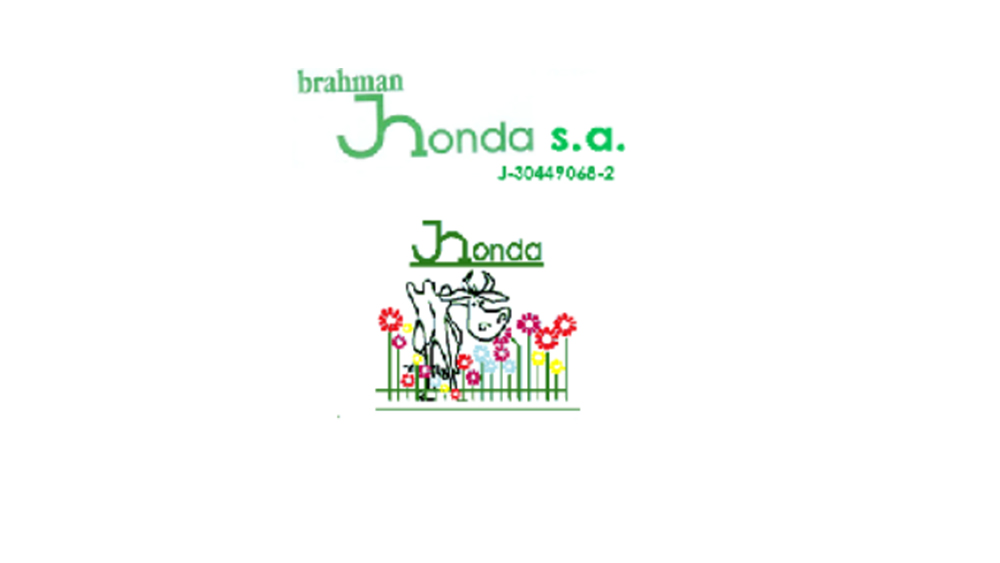

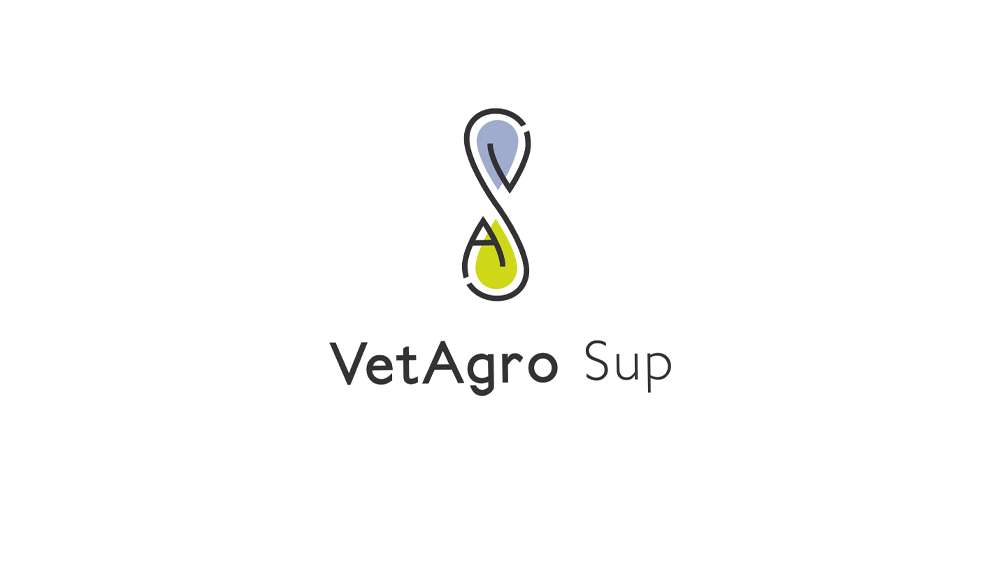



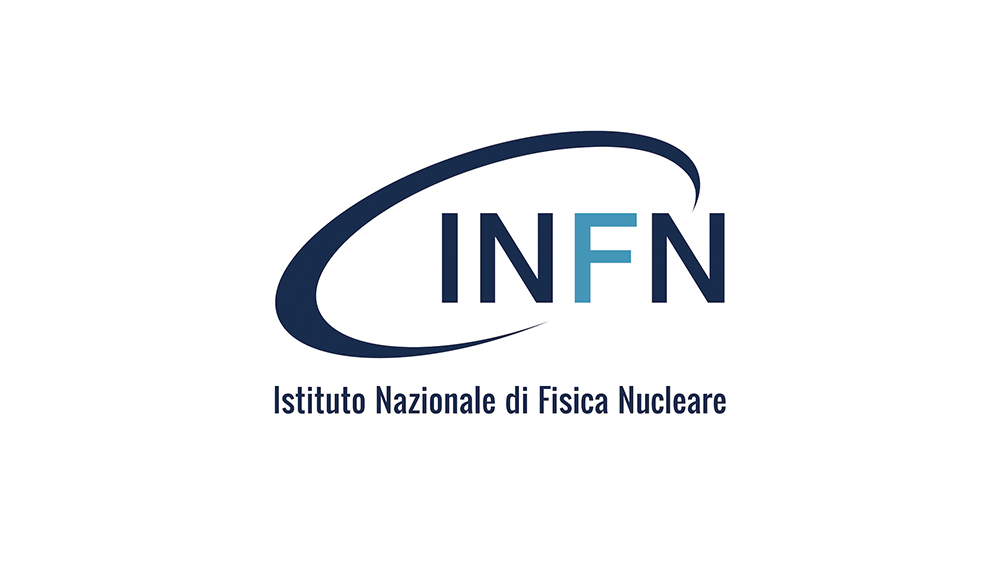
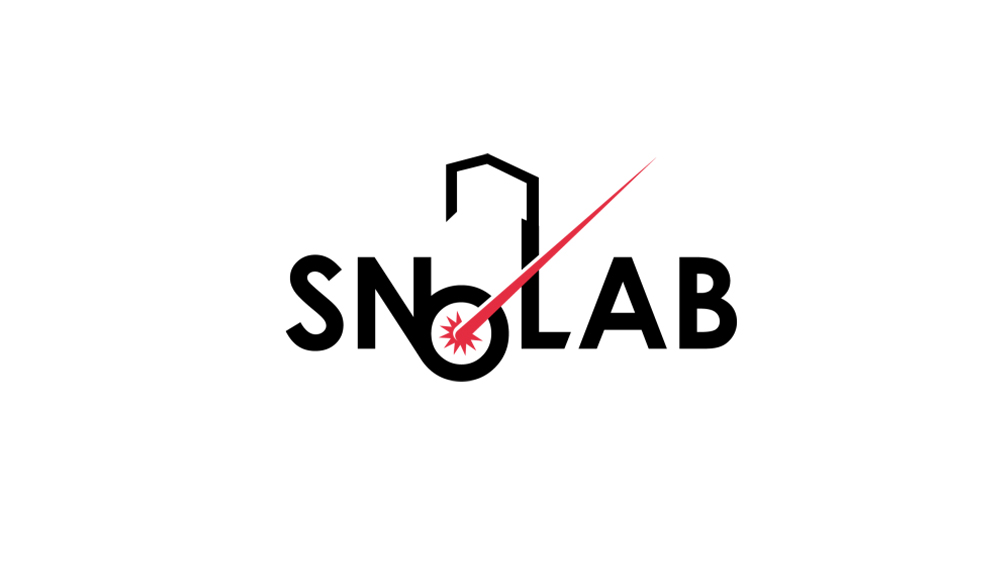
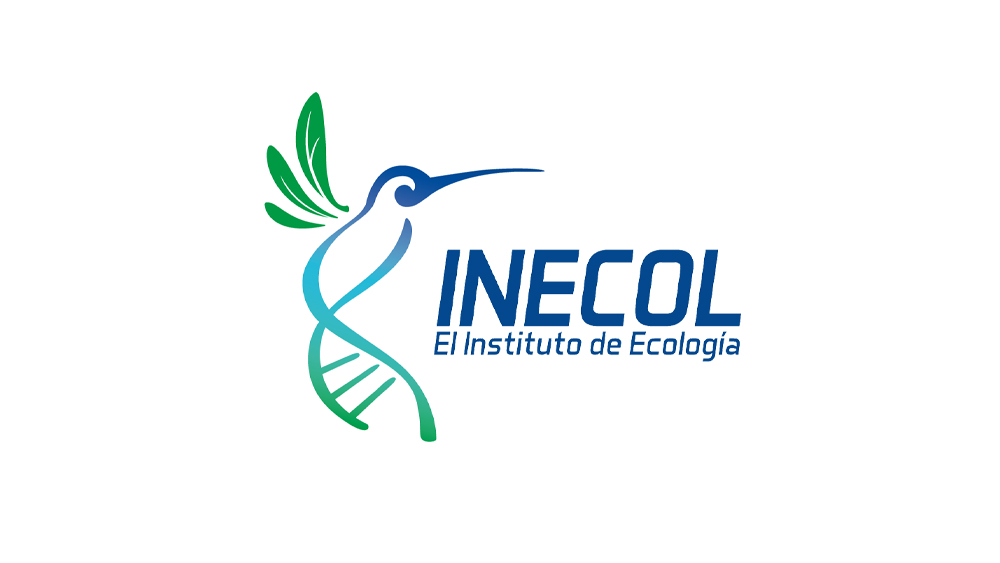

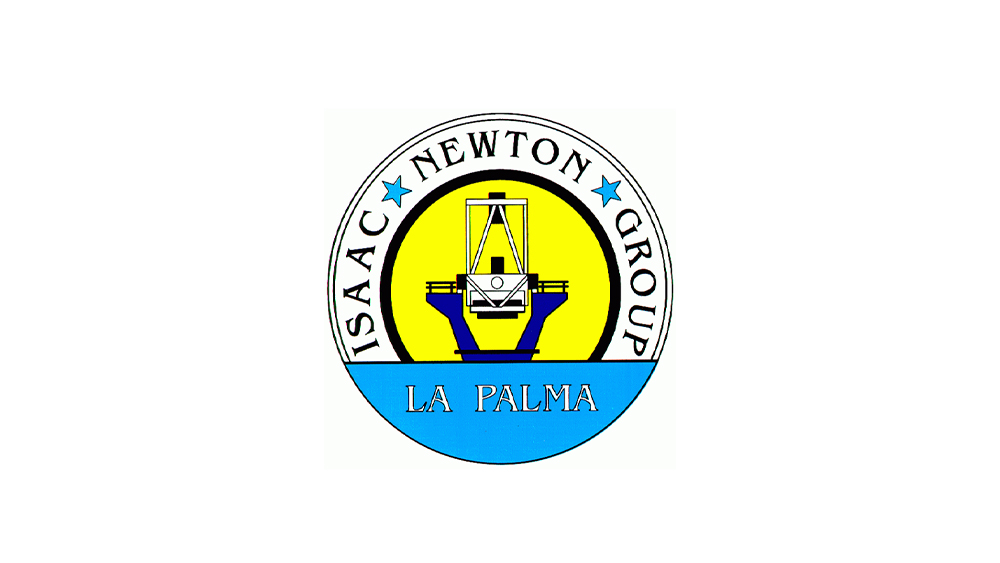
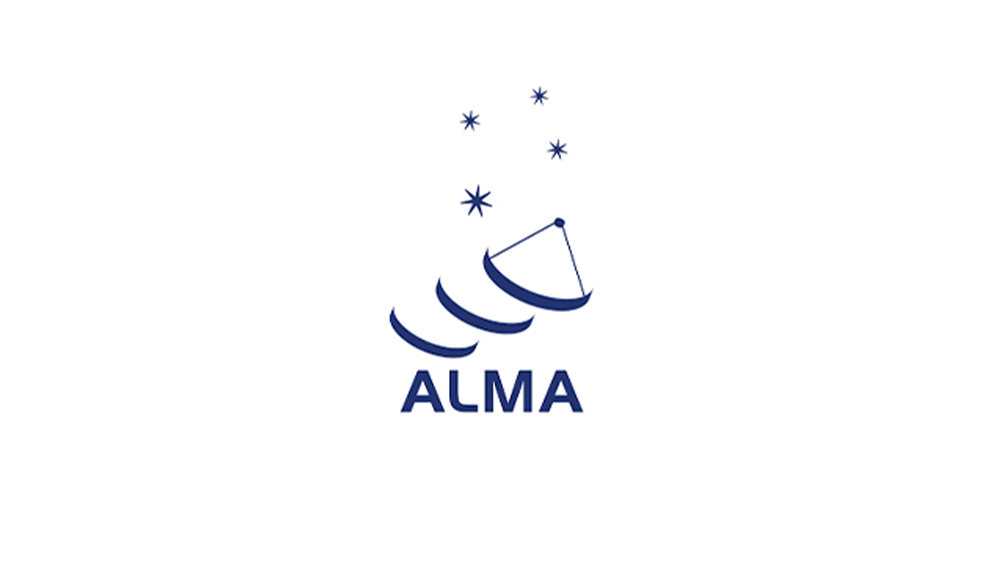
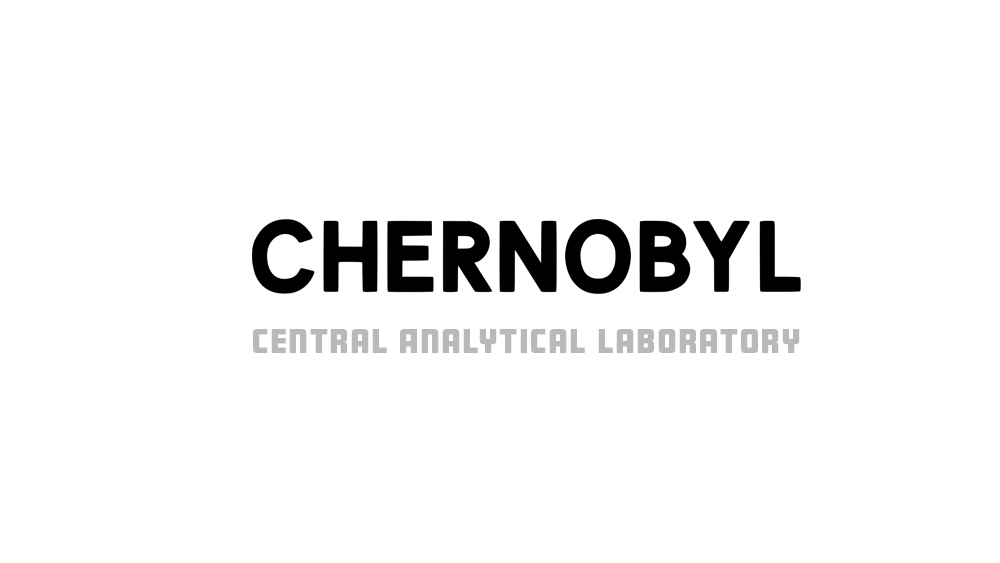

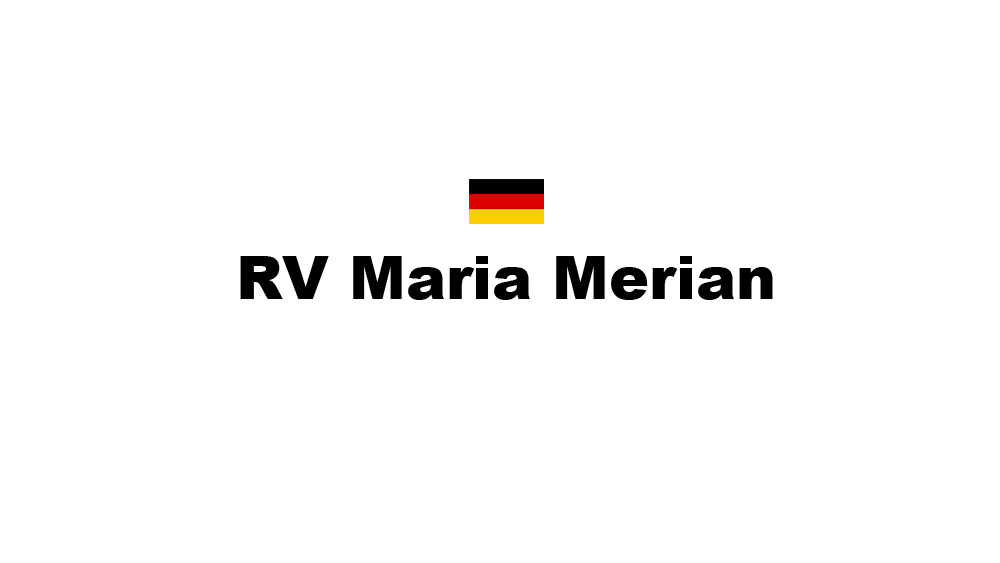

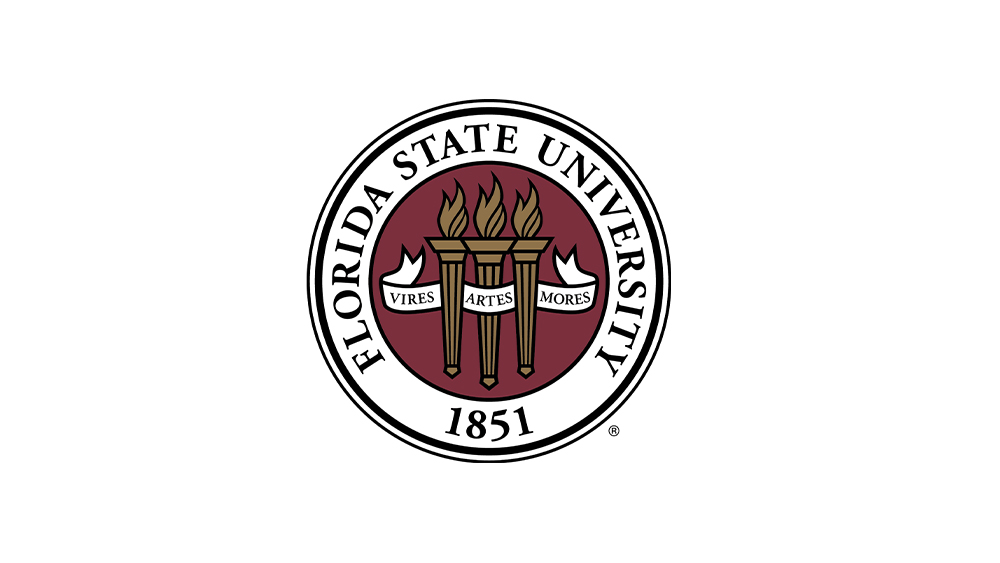




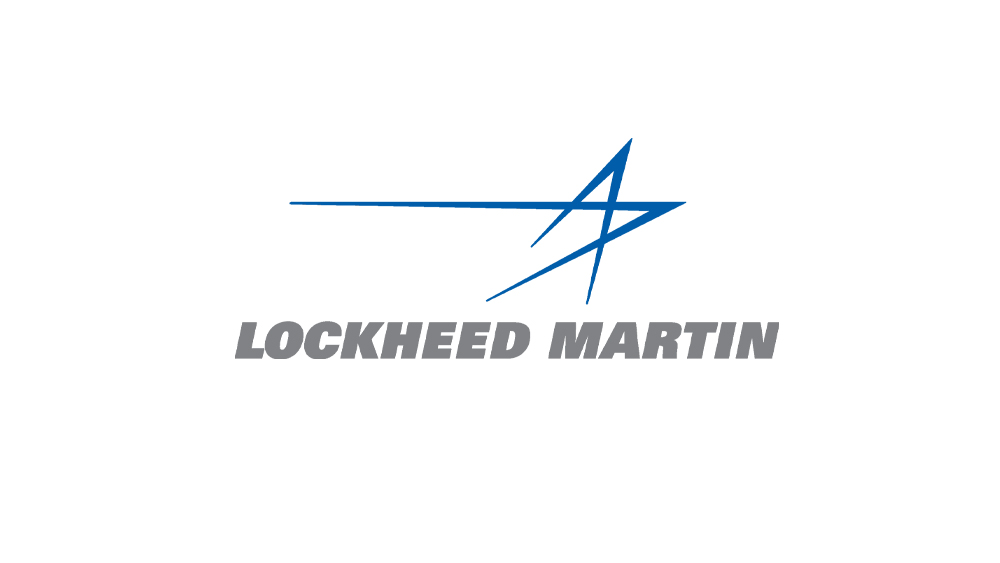
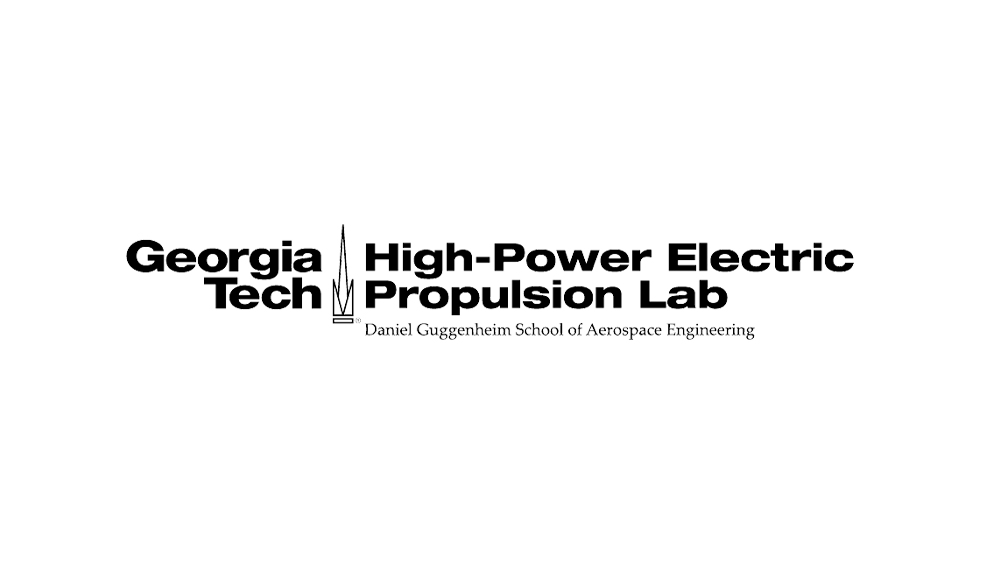

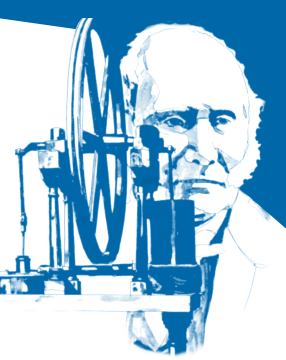
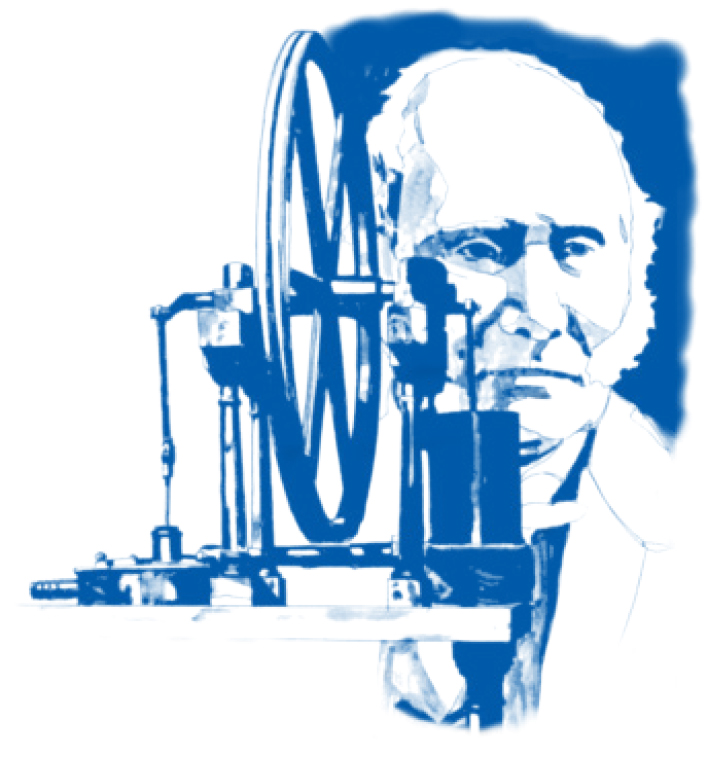
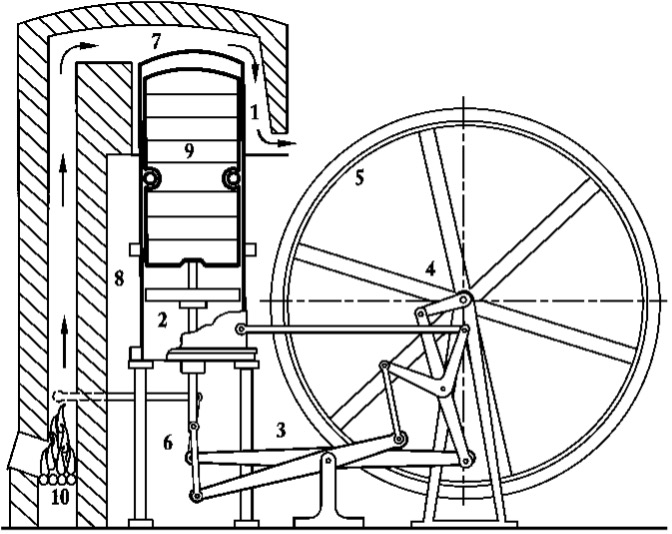
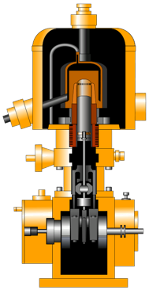
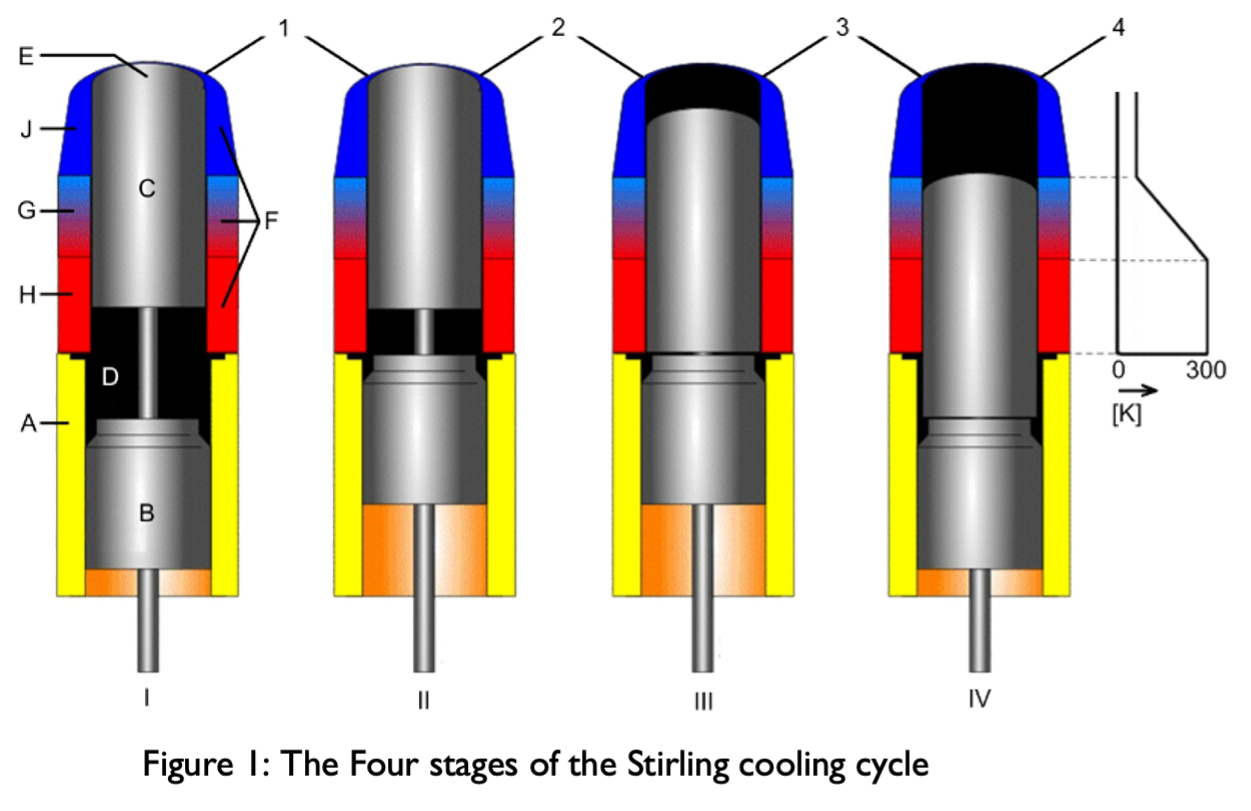
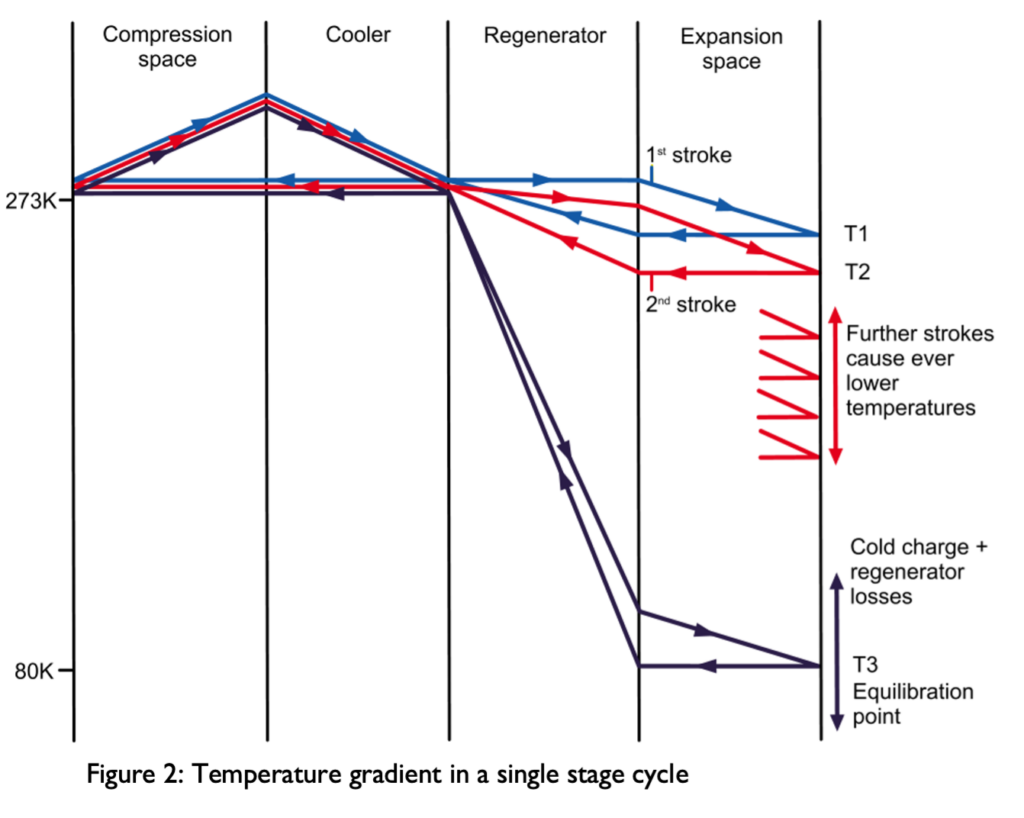 For a new cycle to begin, the displacer moves up to position I, displacing the helium to space D again. The regenerator is cooled by the passing helium (column 3), storing cold to be used in the next cycle. The helium is reheated to nearly room temperature so the initial situation of the cycle has now been restored for the cycle to repeat. This cycle is typically repeated at 25 Hz, providing a continuous extraction of heat.
For a new cycle to begin, the displacer moves up to position I, displacing the helium to space D again. The regenerator is cooled by the passing helium (column 3), storing cold to be used in the next cycle. The helium is reheated to nearly room temperature so the initial situation of the cycle has now been restored for the cycle to repeat. This cycle is typically repeated at 25 Hz, providing a continuous extraction of heat.